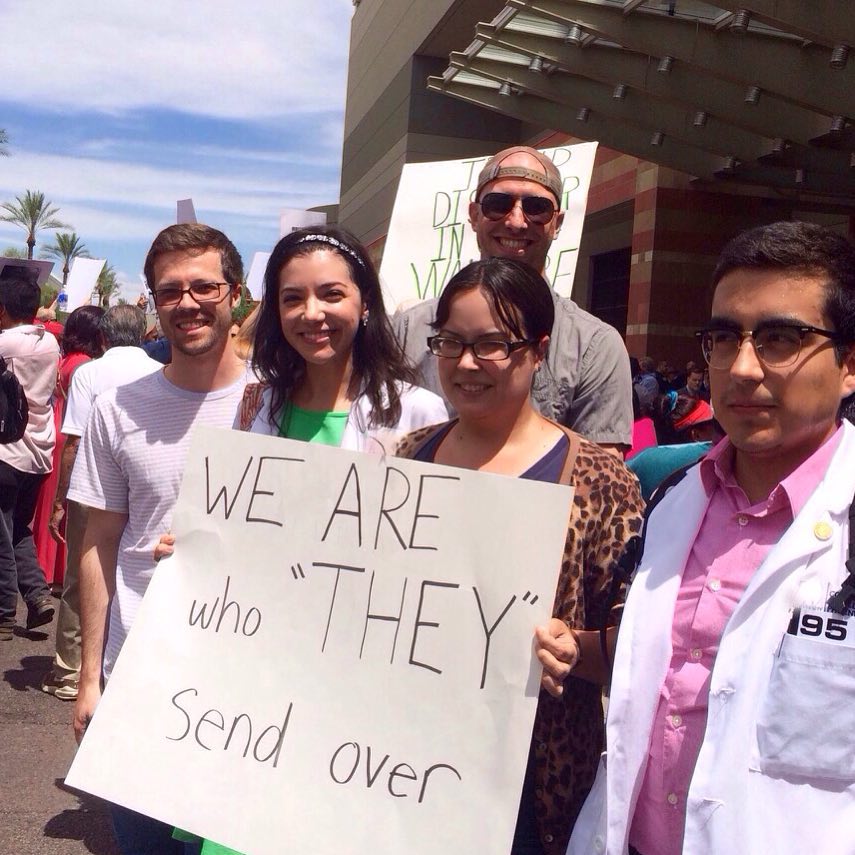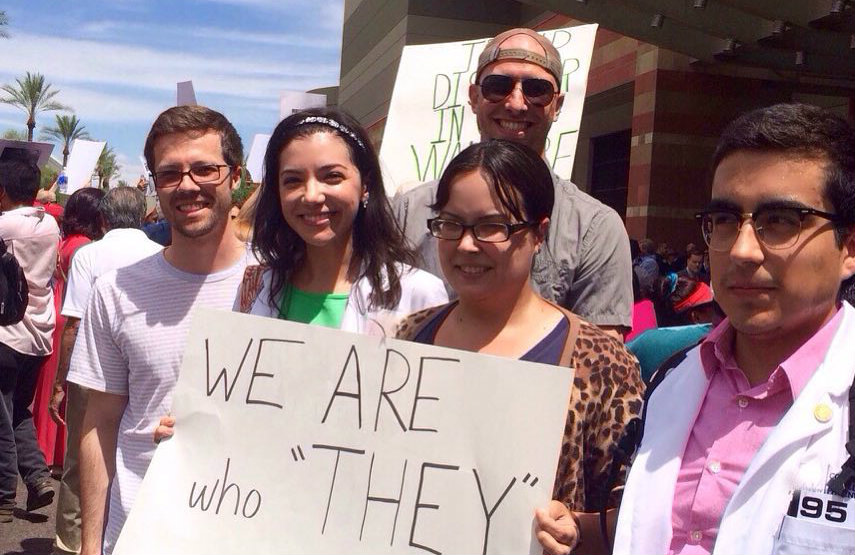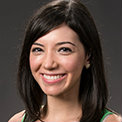How should we remember the 19th-century pathologist Dr. Rudolph Virchow? Do we recall his diagnostic algorithms like Virchow’s triad or think of his reformist activities like confronting social Darwinism and racism? Protesting in Berlin to support the working class, he championed, “If medicine is to fulfill her great task, she must enter the political and social life” [1]. Today’s biopsychosocial framework of wellness recognizes that medicine is inextricably tied to the societal contexts in which it is delivered. Activism in medicine take this model further, asserting a physician’s ability to act on social, political, and cultural determinants of care. Just as medical students begin their clinical exposure earlier in today’s curriculum, we should incorporate social activism in physician training.
 We often hesitate to involve ourselves. With controversy and uncertainty, social activism can appear burdensome on the already weighty scale of exams, personal responsibilities, and clinic demands. However, without it, we can fall into a trap of social numbness, detached from the struggles of our patients and community. This is not about sacrificing dedication to science and clinical skills for a partisan agenda. Rather, it is using our collective abilities, knowledge, and respected status in society to press for improvement on the issues of healthcare that matter most to us.
We often hesitate to involve ourselves. With controversy and uncertainty, social activism can appear burdensome on the already weighty scale of exams, personal responsibilities, and clinic demands. However, without it, we can fall into a trap of social numbness, detached from the struggles of our patients and community. This is not about sacrificing dedication to science and clinical skills for a partisan agenda. Rather, it is using our collective abilities, knowledge, and respected status in society to press for improvement on the issues of healthcare that matter most to us.
The progress and civil advancement that results from these undertakings do not occur overnight but, rather, over time. In the 1960s, medical students and physicians took personal risks and joined the Civil Rights Movement, providing first aid to protesters assaulted during Freedom Marches and sit-ins. They picketed AMA meetings to end segregated membership and unequal access to Medicare for Black citizens, narrowing what they coined “the citizenship gap in healthcare” [2]. It was medical student activists, learning about the multiple and serious risks of secondhand smoke, who lobbied Congress to pass the first federal smoking ban on domestic flights in 1989 [3]. In 2015, medical students nationwide donned white coats in silent protests to bring issues of lethal force against unarmed minorities into the public health domain. As we continue along the pathways of these predecessors, we can build upon their work and make improvements for those who come after us.
Vocalizing concerns at public forums and appropriate peaceful demonstrations, organizing community members, and taking part in civic engagement are ways to develop our physician identity in our most formative years. Choosing activism over apathy, we can make a commitment to remain sensitive to the non-biological constructs that affect disease. It is this decision that separates the socially inactive and passive learners, accepting an imperfect status quo, from the medical student agents of change who possess a sense of purpose to participate and transform into the physician leaders of the next generation.
- Lerner, S. Medical Students Go Beyond Books to Learn About Activism. December 1, 2003. New York Times Online.
- Dr. Cobb, W. Montague , as quoted in the Journal of the National Medical Association. 2015. History: The Later Years. http://www.nmanet.org/index.php/about-us/history
- Hexom, B. Beyond Medical School: The Frontier of Medical Activism. January 2, 2004. AMA Journal of Ethics: Medicine and Society.
Arielle Eliz Rubin is a medical student at The University of College of Medicine – Phoenix. Raised and educated in Tempe, Arizona, she studied history and Spanish at Arizona State University. She is co-chair of the campus Psychiatry Interest Group and Latino Medical Student Association (LMSA). She currently serves on the LMSA National Board as Internal Policy Chair. Research endeavors include a thesis on the cultural and religious determinants of reproductive healthcare in Spain and a scholarly project assessing trauma exposure during border-crossing experiences of Latina women. She enjoys salsa dancing, museum explorations, and traveling with friends.


